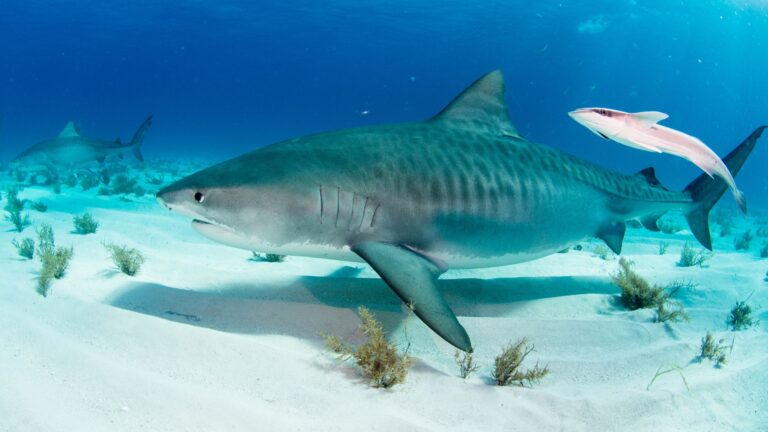Where To Witness Sea Turtles Nesting And Hatching Across America
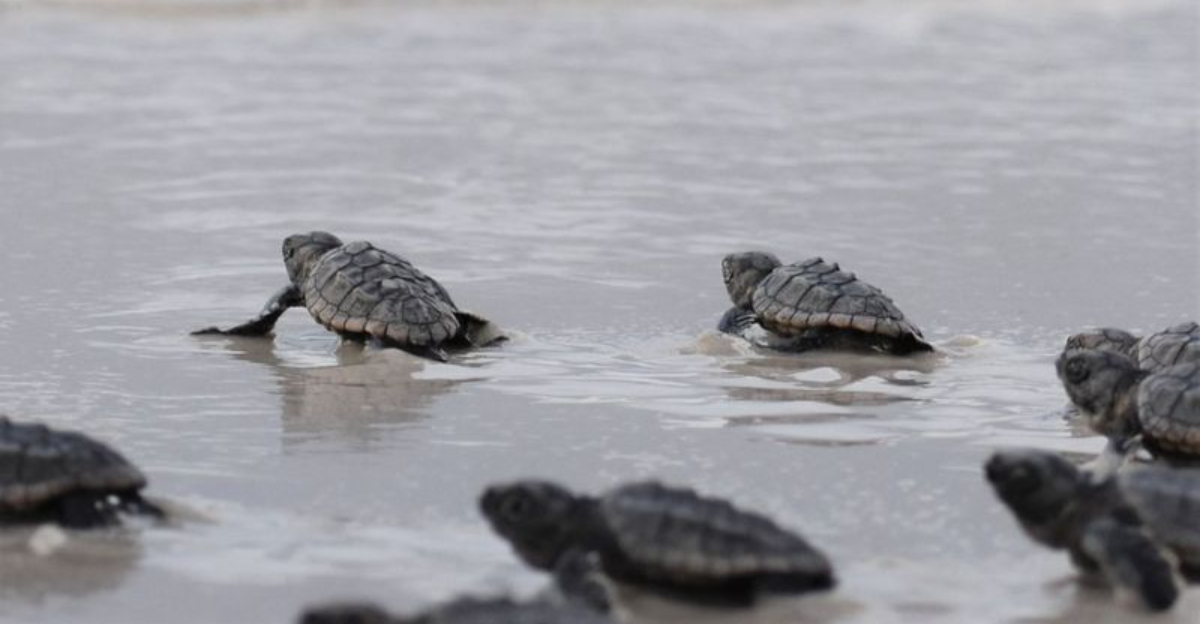
Sea turtles have been making their ancient pilgrimage to beaches across America for millions of years, captivating nature lovers with their remarkable nesting and hatching rituals.
Female turtles return to their birthplace beaches to dig nests and lay eggs, while tiny hatchlings emerge weeks later to begin their perilous journey to the sea.
Witnessing this magical cycle firsthand not only creates unforgettable memories but also raises awareness about these endangered creatures that desperately need our protection.
Why Sea Turtles Nest On Beaches
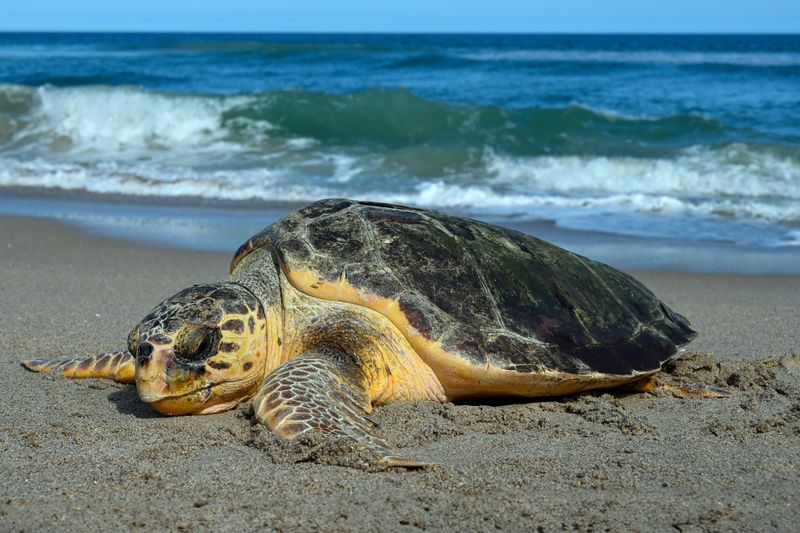
An ancient instinct guides female sea turtles back to their birth beaches after decades at sea. This remarkable navigation system remains one of nature’s great mysteries.
Using the earth’s magnetic field as a compass, they haul their 300+ pound bodies across sand to continue their species’ survival cycle. Their tears aren’t from emotion but serve to remove excess salt from their bodies during this exhausting process.
The Hatching Process
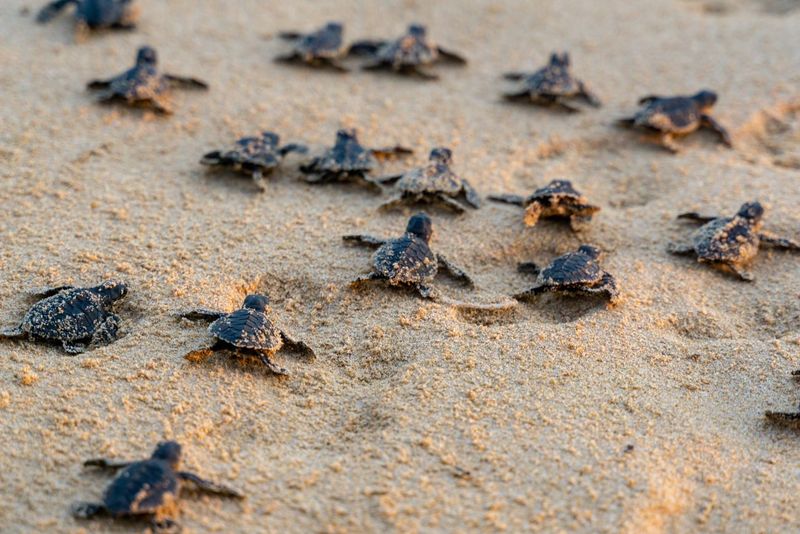
Buried treasures await beneath the sand as baby turtles develop inside their eggs for approximately 60 days. The temperature of the nest actually determines the sex of the hatchlings!
When ready, these silver-dollar sized babies simultaneously break free from their shells, creating a bubbling effect in the sand. Their synchronized emergence, often called a “boil,” helps overwhelm predators as they scramble toward moonlight reflected on the ocean.
Best Time To Witness Sea Turtle Nesting And Hatching
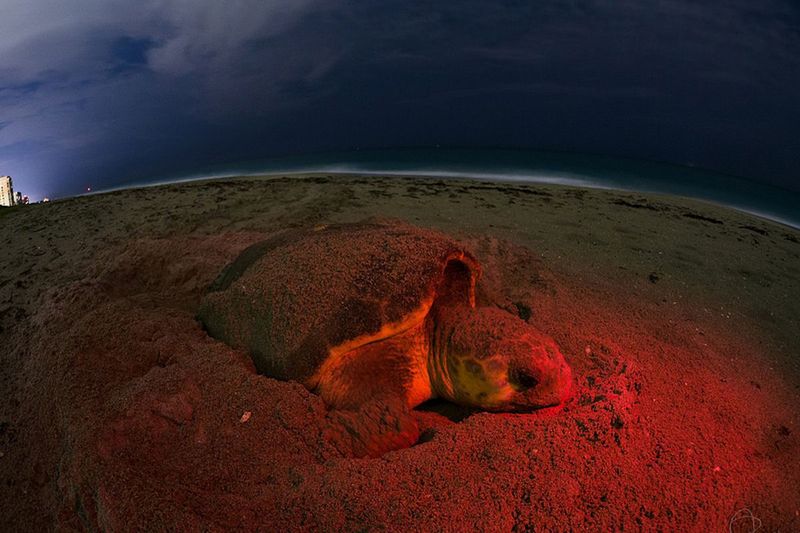
Mark your calendars for May through October when most American beaches buzz with turtle activity. Nesting peaks in June while hatching excitement reaches its height in August and September.
Moonless nights offer the best viewing opportunities as artificial light confuses both mothers and babies. Guided turtle walks typically begin after sunset, requiring advance reservations that often fill months ahead during peak season.
Florida: The Ultimate Sea Turtle Nesting Destination
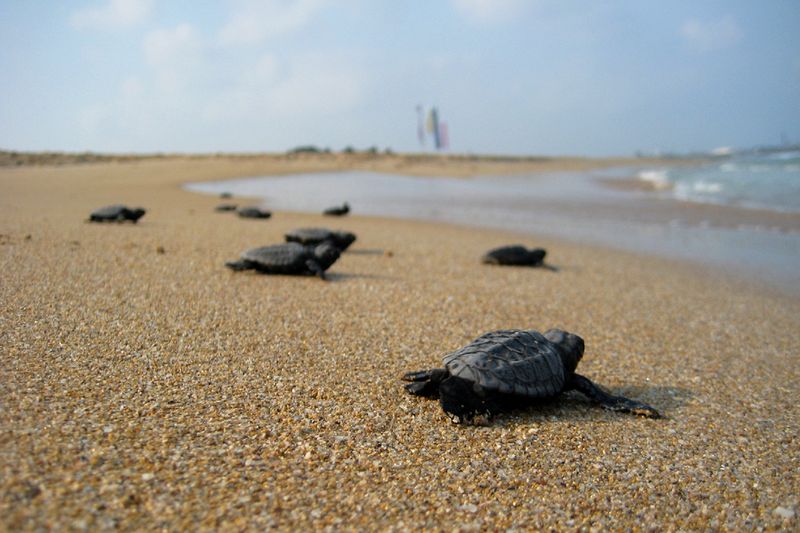
Florida’s Atlantic coastline hosts more loggerhead nests than anywhere else on Earth! Melbourne Beach along the Space Coast represents the densest nesting habitat in the Western Hemisphere.
John D. MacArthur Beach State Park offers guided walks where lucky visitors might spot massive leatherbacks – the world’s largest turtles. Meanwhile, Archie Carr National Wildlife Refuge protects 20 miles of critical nesting habitat for endangered green turtles.
South Carolina
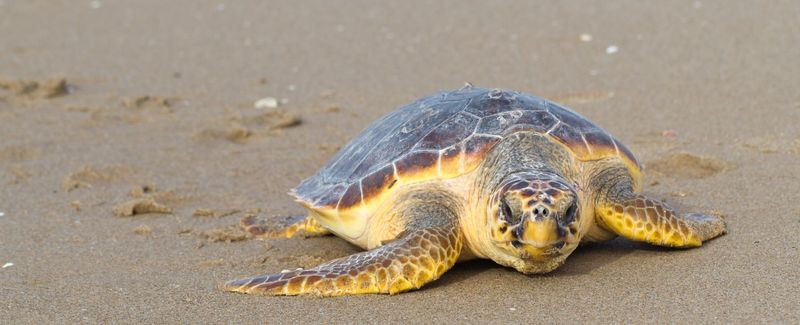
Kiawah Island’s pristine shores welcome hundreds of loggerhead nests annually. The island’s Turtle Patrol volunteers mark nests with protective screens and collect valuable data for scientists.
Edisto Beach State Park invites visitors to join their morning patrol programs during summer months. Folly Beach’s unique preservation efforts include a lights-out ordinance during nesting season, creating perfect stargazing conditions while protecting disorientable hatchlings.
Texas
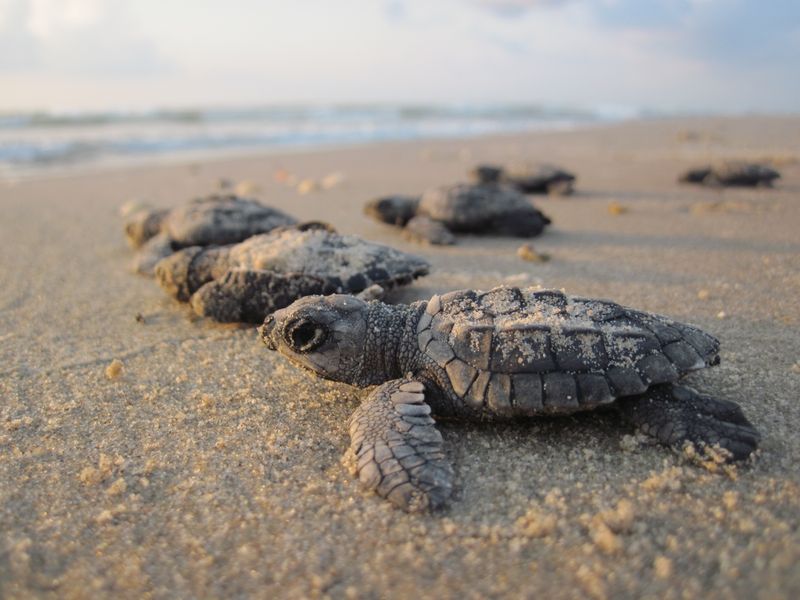
Padre Island National Seashore stands as the primary nesting ground for critically endangered Kemp’s ridley turtles. Rangers release hatchlings during special public events called “Hatchling Releases” throughout summer.
South Padre Island’s Sea Turtle Inc. rehabilitation center offers educational programs year-round. Visit between April and August for the best chance to witness public releases where hundreds gather to cheer on tiny turtles making their first ocean sprint.
Georgia
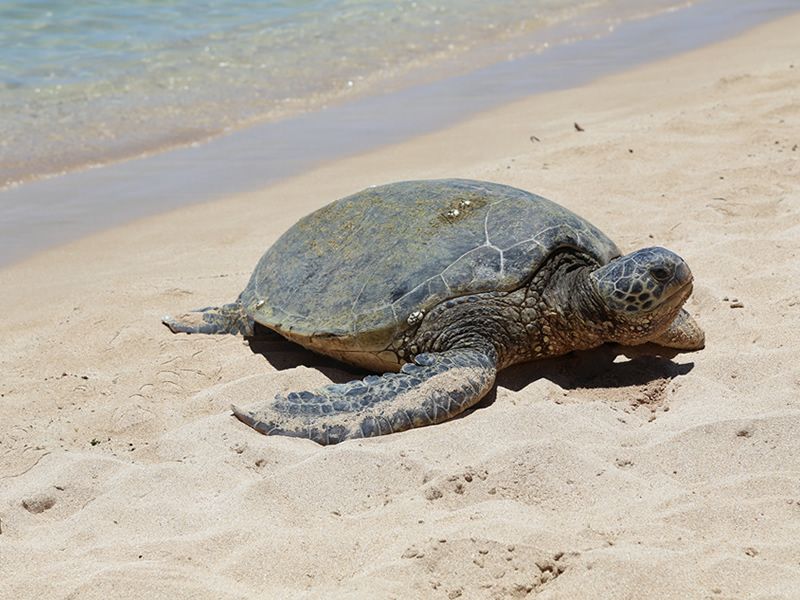
Jekyll Island’s Georgia Sea Turtle Center combines hospital, research facility, and education center in one fascinating destination. Their night patrol experiences let visitors accompany biologists documenting nesting mothers.
Little Cumberland Island boasts Georgia’s longest-running turtle monitoring program dating back to 1964! Tybee Island’s strict lighting ordinances have dramatically increased nest numbers in recent years, showcasing how simple changes can make profound conservation impacts.
Alabama
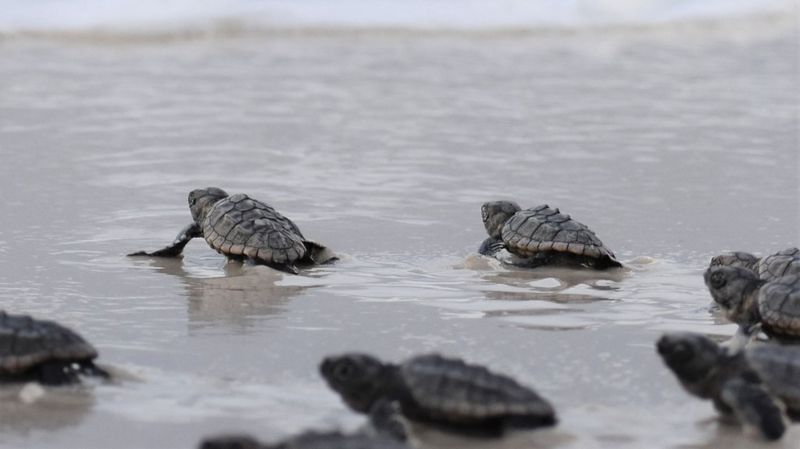
Orange Beach and Gulf Shores welcome approximately 80 nests yearly – modest compared to Florida but growing steadily! The Share the Beach volunteer program involves locals in protecting these special visitors.
Bon Secour National Wildlife Refuge offers prime turtle habitat away from heavy development. Morning turtle talks at Gulf State Park introduce families to conservation efforts while teaching children how their beach behaviors impact these ancient mariners.
North Carolina
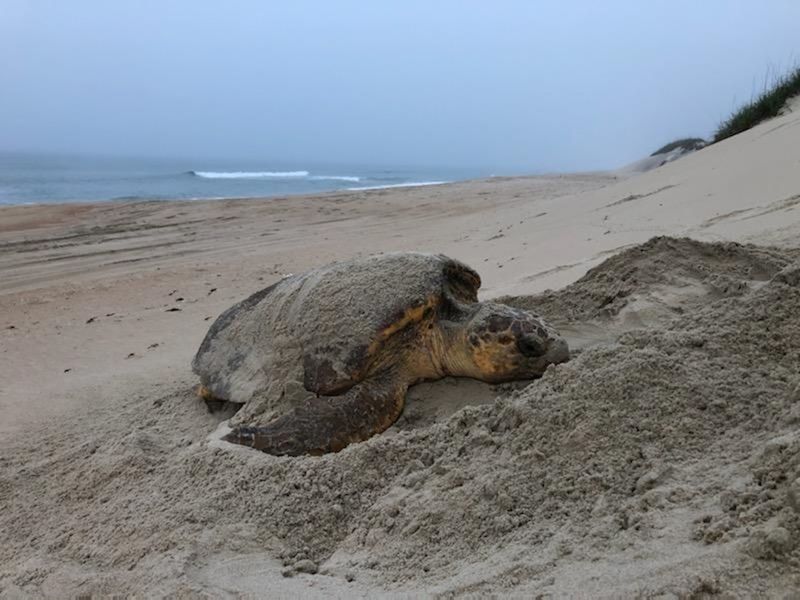
Cape Hatteras National Seashore represents the northernmost regular nesting site for loggerheads along the Atlantic. Rangers close sections of beach around nests nearing hatching time, creating natural amphitheaters for lucky observers.
Bald Head Island’s Sea Turtle Protection Program employs full-time coordinators monitoring 180+ nests annually. Their “Ride Along Program” lets visitors join nightly beach patrols during summer, offering unforgettable encounters with these prehistoric creatures.
California
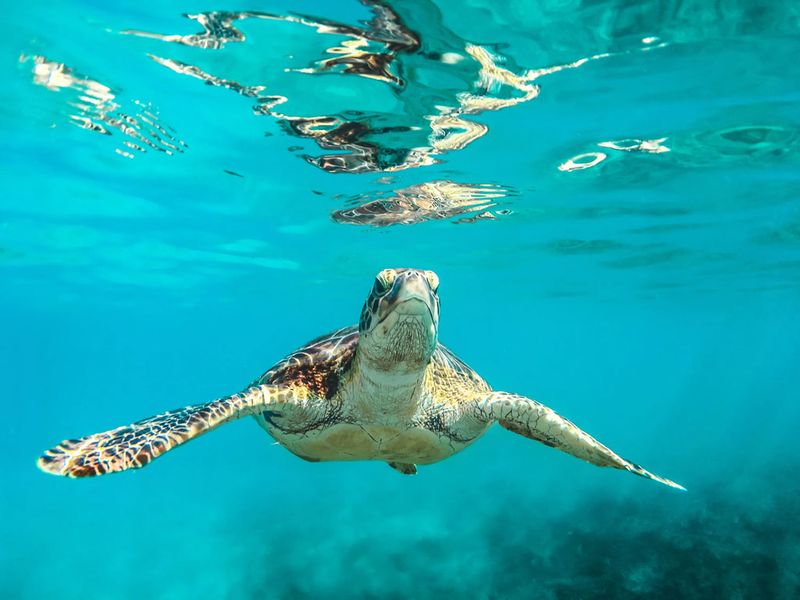
California rarely hosts nesting turtles but plays crucial roles in their oceanic life stages. Green turtles frequent San Diego Bay’s warm waters near power plant outflows, creating unique viewing opportunities.
Monterey Bay’s rich feeding grounds attract endangered leatherbacks traveling thousands of miles from Indonesian nesting beaches. The Channel Islands National Marine Sanctuary protects critical foraging habitat where patient kayakers might spot graceful turtles feasting on abundant jellyfish.
Hawaii
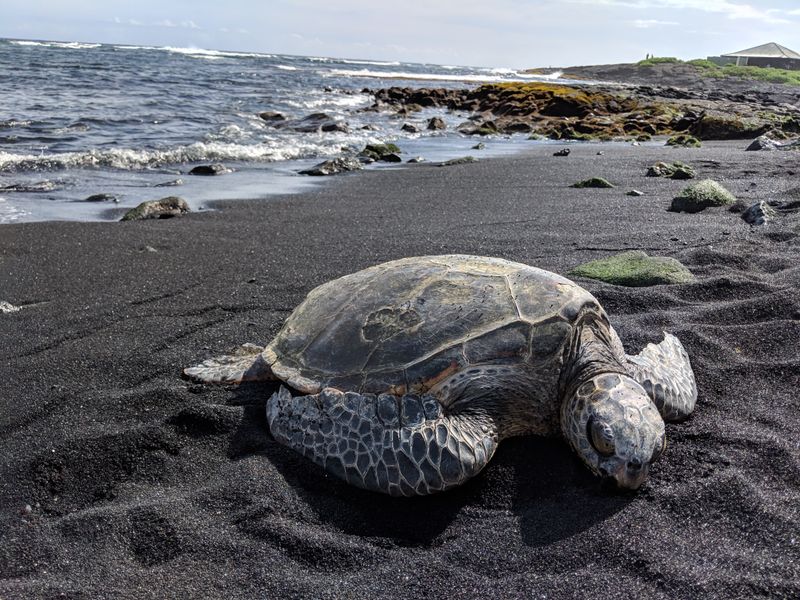
Hawaiian green turtles (honu) break turtle tradition by basking openly on beaches during daylight hours! Laniakea Beach on Oahu’s North Shore offers reliable year-round viewing opportunities.
Black Sand Beach at Punalu’u provides striking contrast to turtles’ shells as they rest between feeding sessions. French Frigate Shoals in the Northwestern Hawaiian Islands hosts 90% of Hawaiian green turtle nesting, though these remote atolls remain accessible only to researchers.
How You Can Help Sea Turtle Conservation
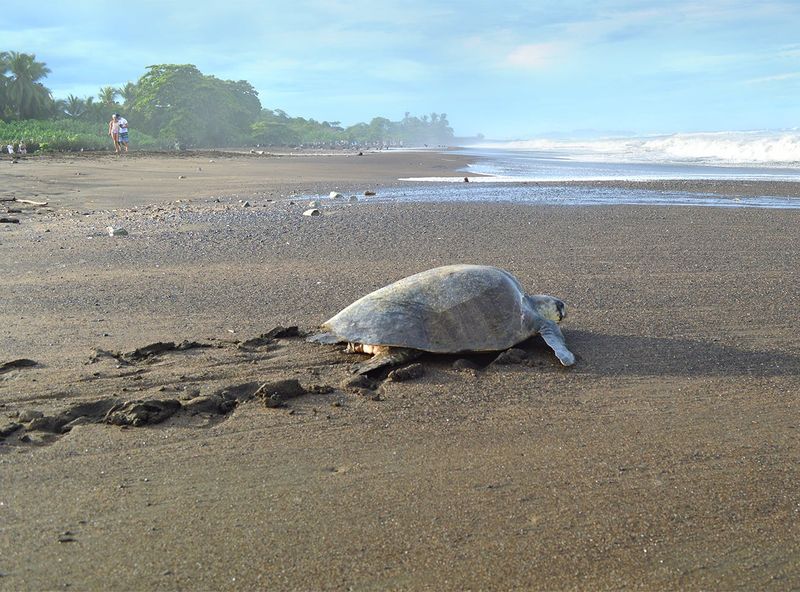
Fill holes and flatten sandcastles before leaving beaches – these seemingly innocent structures become deadly obstacles for hatchlings. Simple actions like properly disposing of fishing line and keeping beaches trash-free prevent entanglement and ingestion hazards.
Use red-filtered flashlights during night beach visits as turtles can’t detect this wavelength. Consider “adopting” nests through conservation organizations or volunteering with local turtle patrols to directly contribute to protection efforts.


